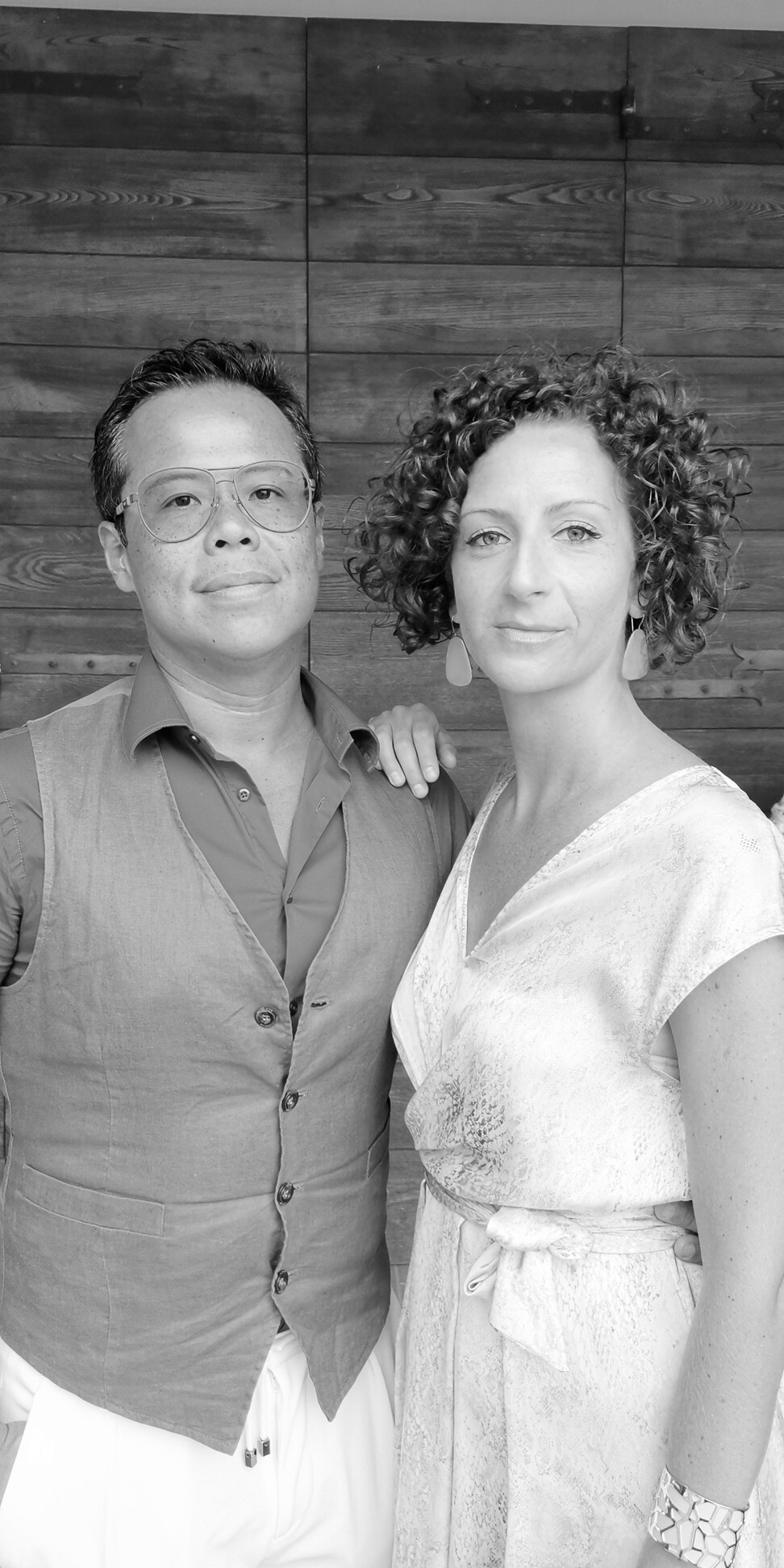
Can a lamp that cleans the air of pollutants and bacteria work on the coronavirus?
Designed by Kevin Chu, of Sugo Biophilia Furniture, the Foglia lamp uses a once expensive technology adapted to work with LED. A smaller design is due to be released in the summer
How did you develop the concept for these lights? “In 2014, I learned about a technology called photocatalysis. It was applied to a huge building for the 2015 Milan Expo, to get rid of pollutants in the air. They were using an old generation that needed sunlight to be activated. I thought, ‘Why can’t this be applied to interior spaces?’
“The big issue was that it needed UV light to work but, in 2016, I read in a scientific journal that the technology had been improved, so it worked with conventional lights. I developed a lamp called Foglia, but it was expensive.
“I met a supplier and he told me scientists had worked out a way to make the photocatalysis treatment much more economical. My brother-in-law [Giovanni Di Bonaventura] is a microbiologist in Italy and he tested it, got all the data sheets and proved it works really well.”
How do the lights use photocatalysis? “Our technology is based on four materials – copper, titanium dioxide, silver particles and a secret ingredient my supplier won’t even tell me. They’re naturally occurring minerals. When pollution is blown onto the surface the minerals transform these pollutants into nothingness.”

What kind of pollutants? “Our scientists in Italy proved you can kill 99.9 per cent of bacteria – including E coli and salmonella that can cause food poisoning. It also kills moulds and fungi. We are still testing with viruses. One of the things we want to do now is test it against the virus that causes Covid-19.”
How big are your lamps? “The Foglia lamp is 1.8 metres tall. The problem is space – it’s a big lamp. Photocatalysis works on the surface, so the bigger it is, the better it works. With the Guilin lamp, I wanted something smaller, but with more surface area. The width is 64cm and the height is 44cm. The base is about 10cm wide.”
What inspired the Guilin lamp? “The Guilin mountains in China. I went there with my wife, hiking and camping. We saw the sun rise and set over the mountains and I thought, ‘What if I created a light that recreated that experience?’ It has a steel base, with three slots and you can insert these sheets that resemble mountains into it – up to a maximum of seven.”
What is the light source? “It’s LED. In the previous generation of photocatalysis devices, you needed a stronger light. But my supplier has worked out how to make LED light work. Even when you switch it off, it continues to clean the air. It works 24/7.”


